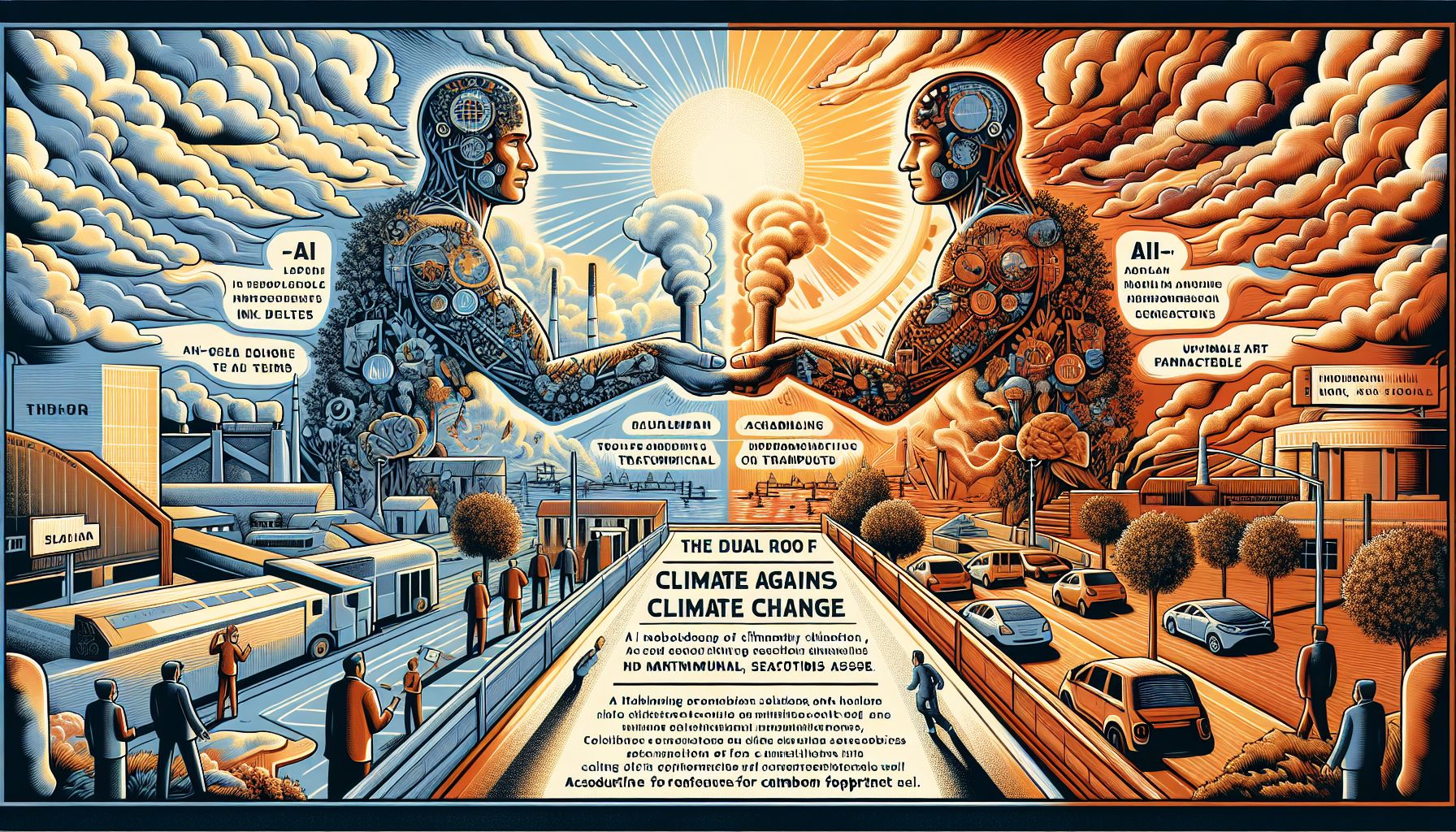AI's Dual Role in Climate Battle: Stanford Expert Reveals New Roadmap

Stanford, Tuesday, 19 November 2024.
As COP29 embraces AI’s potential for climate action, David Sandalow presents groundbreaking insights at Stanford on November 20, 2024. His Climate Change Mitigation Roadmap explores AI solutions across nine sectors, while addressing critical concerns about AI’s own carbon footprint. The initiative promises transformative opportunities in power, manufacturing, and transportation sectors, marking a pivotal moment in the convergence of technology and environmental stewardship.
AI’s Environmental Impact
Artificial Intelligence, often hailed as a revolutionary tool for numerous sectors, faces scrutiny over its environmental impact. As highlighted at COP29 in Baku, digital technologies, while pivotal for climate monitoring and mitigation, contribute to increased energy demands and e-waste. The UN’s International Telecommunications Union emphasized optimizing energy consumption in digital infrastructures to address these challenges[1].
Insights from David Sandalow
David Sandalow, a key figure at Columbia University’s Center on Global Energy Policy, will present the second edition of the Artificial Intelligence for Climate Change Mitigation Roadmap at Stanford. This roadmap, an evolution of its predecessor, delves into AI’s potential to significantly cut greenhouse gas emissions across sectors like power, manufacturing, and transportation. By leveraging AI’s generative methods, the roadmap identifies both incremental and transformative opportunities for emission reductions[2][3].
Sector-Specific Applications
The roadmap outlines how AI can revolutionize sectors traditionally resistant to change. For instance, in manufacturing, AI can enhance efficiency and reduce waste, while in transportation, it can optimize logistics and promote the use of autonomous electric vehicles. Such applications not only promise reduced emissions but also offer economic benefits through improved operational efficiencies[4].
Balancing Innovation with Sustainability
The dual nature of AI, as both a catalyst for and a solution to climate change, necessitates a balanced approach. Generative AI, for example, has proven its worth in optimizing resources and mitigating carbon emissions but comes with a substantial environmental cost. The carbon footprint of training large AI models is comparable to the lifetime emissions of multiple vehicles. Thus, strategies like transitioning to renewable energy for data centers and adopting circular economy practices for AI hardware are crucial[5].
The Path Forward
As digital and AI technologies advance, the focus must remain on sustainable development practices. Initiatives like Sandalow’s roadmap and the COP29 Declaration on Green Digital Action underscore the importance of aligning technological progress with environmental goals. Stakeholders are urged to maintain momentum toward COP30, with a shared vision of a sustainable digital future that effectively addresses the climate crisis[1][5].

